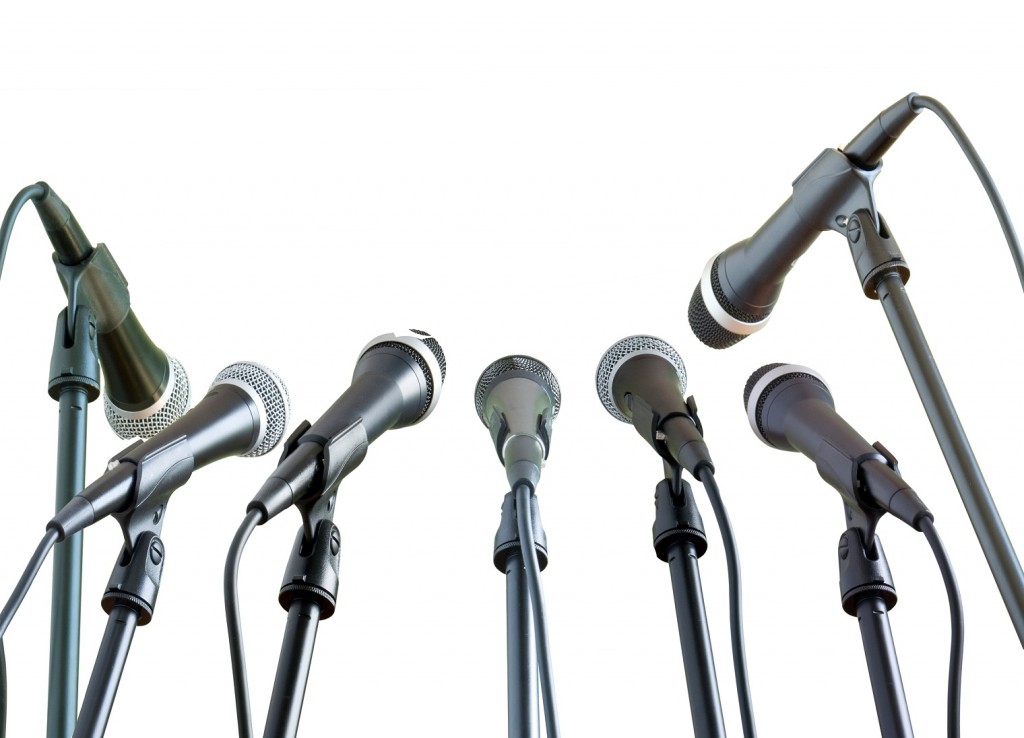The ABCDEFG of presentation skills

Are you planning on becoming a professional presenter? Whether you are giving a presentation at university, trying to win business from a valued customer, selling an idea to your board of senior executives, or making a farewell speech to a retiring colleague, these A to G tips will help you come across as someone who is knowledgeable, skilled, and enthusiastic. With these tips your next presentation can come!
Audience
The main purpose of a presentation is to win an audience over to your views, whether they are facts, opinions or interpretations of facts and opinions.
You can only do this by one or a combination of the following:
1. Focus on meeting their needs
2. Charm them by your manner and manners
3. Be distinct and memorable
4. Provide an attention-grabbing idea
5. Reassure them that there are minimal risks in what you propose
6. Keep them interested
7. Work to a plan which the audience can follow
8. Lead them to where you want to take them
9. Be yourself and naturally confident
Breathing
Breathing exercises before a presentation ensure that you are calm and relaxed when you begin to speak. There are a number of good breathing exercises, ranging from simply becoming aware of your breathing to meditation. This simple exercise can be carried out anywhere:
Find a quiet place where you can be undisturbed. Stand still and feel the ground beneath your feet. Imagine yourself suspended by a thread connected to the crown of your head. Let your neck and shoulders relax. Bend your knees a little. Bring the thumb and forefingers of both hands together and turn the palms upwards. Close your eyes. Now just listen to yourself breathing and allow any thoughts to wander in and out of your mind at will. Feel at ease and if you feel hurried, tell yourself there is no rush. Slow your breathing. In your own time, come back.
Creative Pause
Some of the best moments in a speech are, surprisingly, those moments when you stop. Knowing when to stop is the art of the creative pause. It can work for you in a number of ways:
- To tease the audience, perhaps after a provocative question – e.g. “I bet you’d like to know how you could make a million…”
- To pause before the punchline of a joke
- To wait for an audience to settle after laughter or a general discussion
- To give the audience time to think (for example, when looking at a new overhead)
- To show you’re in total control by holding the pause just slightly longer than you need to
Difficult Questions
Questions from the floor may or may not enhance your presentation depending on the subject and your audience. If you do decide to take questions, you may need to field four different question types. These are set to trap you:
1. The test question to find out how much you know.
“What evidence do you have for making these claims?”
2. The show-off question in which the questioner wants to show how clever they are.
3. The defensive question which may reveal that someone feels under threat, e.g. “How do you know this’ll work?” (= I’m scared if it does)
4. The concealed objection, which is a way of challenging you, e.g. “Why is the price so high?”
Endings
The ending can sometimes be the most important part of a presentation: if first impressions win you the audience, it is final impressions that last.
A classic ending should see you going out on a high note. The final message should encapsulate without merely repeating what you’ve said.
- Simplicity: Keep your last words simple and easy to remember. Could you put it on a T-shirt?
- Directness: Make sure the message comes over loud and clear. People should know what they have to do next.
- Something unexpected: Finishing on a high note means a final flourish in a surprising but delightful way.
First Impressions Last
When you have been introduced or have completed your own formalities, the audience’s eyes and minds turn expectantly to you. They want you to interest them.
Your opening words and the way you express yourself must make an immediate impression. The audience needs to each say to themselves: “this looks worth staying for.” You must look and sound in charge.
One simple way to achieve this is to use an impact opening technique: one that intrigues, grabs the attention, and surprises without embarrassing or unnerving your audience. In fiction, one of the most attention-grabbing openers is the opening sentence of George Orwell’s “1984”: “It was a bright cold day in April and the clocks were striking thirteen.”
Gestures
There are six meaningful gestures which have their part to play in a presentation:
- Directing, e.g. pointing at someone or something
- Describing, e.g. showing what you mean through the use of hands and arms (“the one that got away”)
- Counting, e.g. the numbers one, two, three, on your fingers
- Holding something
- Making a dramatic gesture
- Signalling with your hands while someone else is speaking, e.g. “stop”, “go on”, “wait” signals.
Any meaningful gesture needs to be deliberately used. To eliminate repetitive gestures of which you are unaware, get yourself video-ed during a run-through and critically analyse your appearance with a colleague.
There are a lot more of these easy to put into action presentation tools. If you want to learn more about this topic, take a look at the free eBook “The A to Z of Presentations” written by Eric Garner.
[sharethis]



